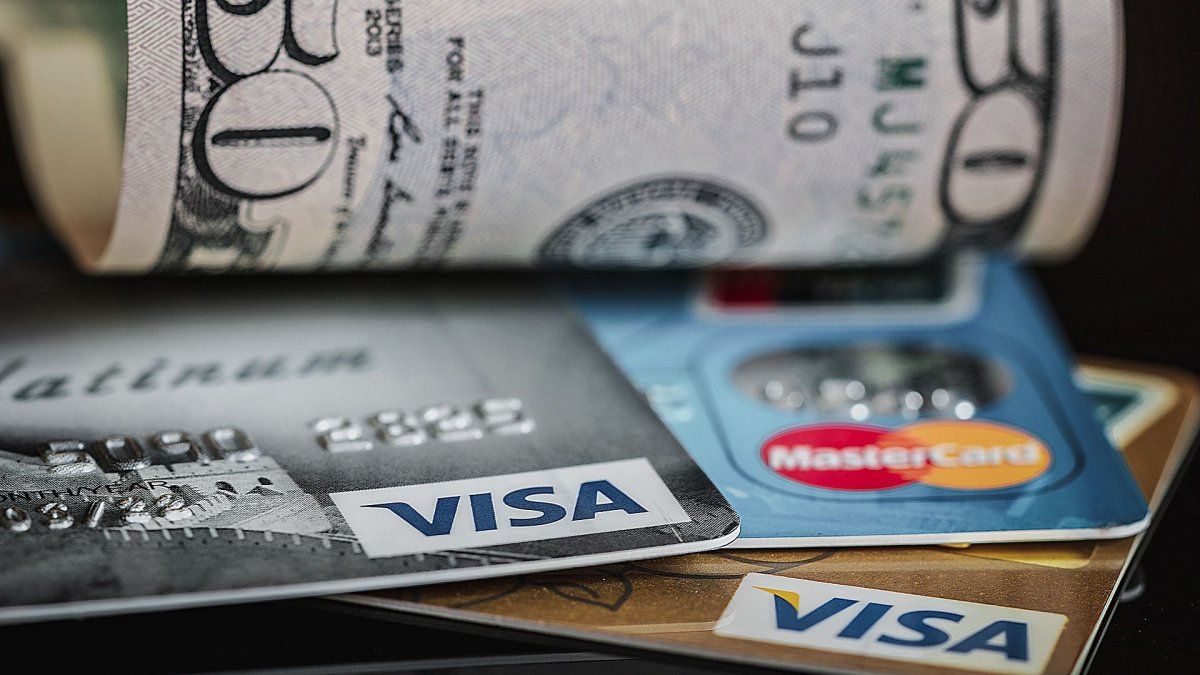The Government has promised to reduce the tax to 7.5% in September. This will impact tax collection and imports. But what about the consumer?
The Government has committed to gradually reducing the COUNTRY TAX, a key element for the end of the exchange rate restrictions starting in September. In a few weeks, the tax will be reduced from 17.5% to 7.5%, the same level that the current administration had before announcing the increase last December as an emergency measure.
The content you want to access is exclusive for subscribers.
According to economists, this measure will have an immediate effect on imports: it will be an automatic reduction in their value, which will go from an exchange rate of $1,100 to $1,000. According to calculations by the economist Fernando Marullthis reduction in prices would trigger an increase in imports in the order of US$1 billion per month.


At the same time, reducing the cost of imported inputs would also have a positive impact. This is a positive shock on inflation that, according to Marull’s own estimates, would lead to a 0.7% reduction in September. But how does this impact consumers?
6408ab9c74bd7 (1).jpg

The Government does not want to encourage the purchase of dollars abroad, for this reason, this reduction will not impact these purchases.
PAIS Tax: what will happen with credit card purchases?
Although the PAIS tax will be reduced, will not apply to credit card purchases. The so-called “tourist dollar” or “card dollar” will not be part of the improvement and will therefore have no impact on consumers.
The PAIS tax applied to the purchase of dollars for hoarding, as well as to payments with credit cards and debit cards in foreign currency, will not be included in the cut. On that point, the official interest is far from wanting to encourage the use of pesos for the purchase of foreign currency for consumption in dollars. Quite the opposite.
He tourist dollar For purchases with foreign suppliers, the amount paid is over $1,500 according to the retail exchange rate of the Banco Nación, with a tax burden of 60%. This value is more expensive than the blue dollar at $1,355 pesos and more expensive than the MEP.
According to this gap, it is still more advantageous to cancel foreign currency card expirations with foreign currency withdrawn from the savings account in dollars than doing so with a card, buying MEP dollars on purpose for the case or depositing dollars in cash to cover credit expenses.
The tax burden on the tourist dollar is as follows: The retail exchange rate of each consumer’s bank is supplemented by a 30% surcharge on the retail dollar of the Nation as a PAIS tax and another 30% as a tax on Income or Personal Property. Neither of these two extras, at least as announced so far, will disappear in September along with the reduction in taxes for the payment of imports.
Source: Ambito




